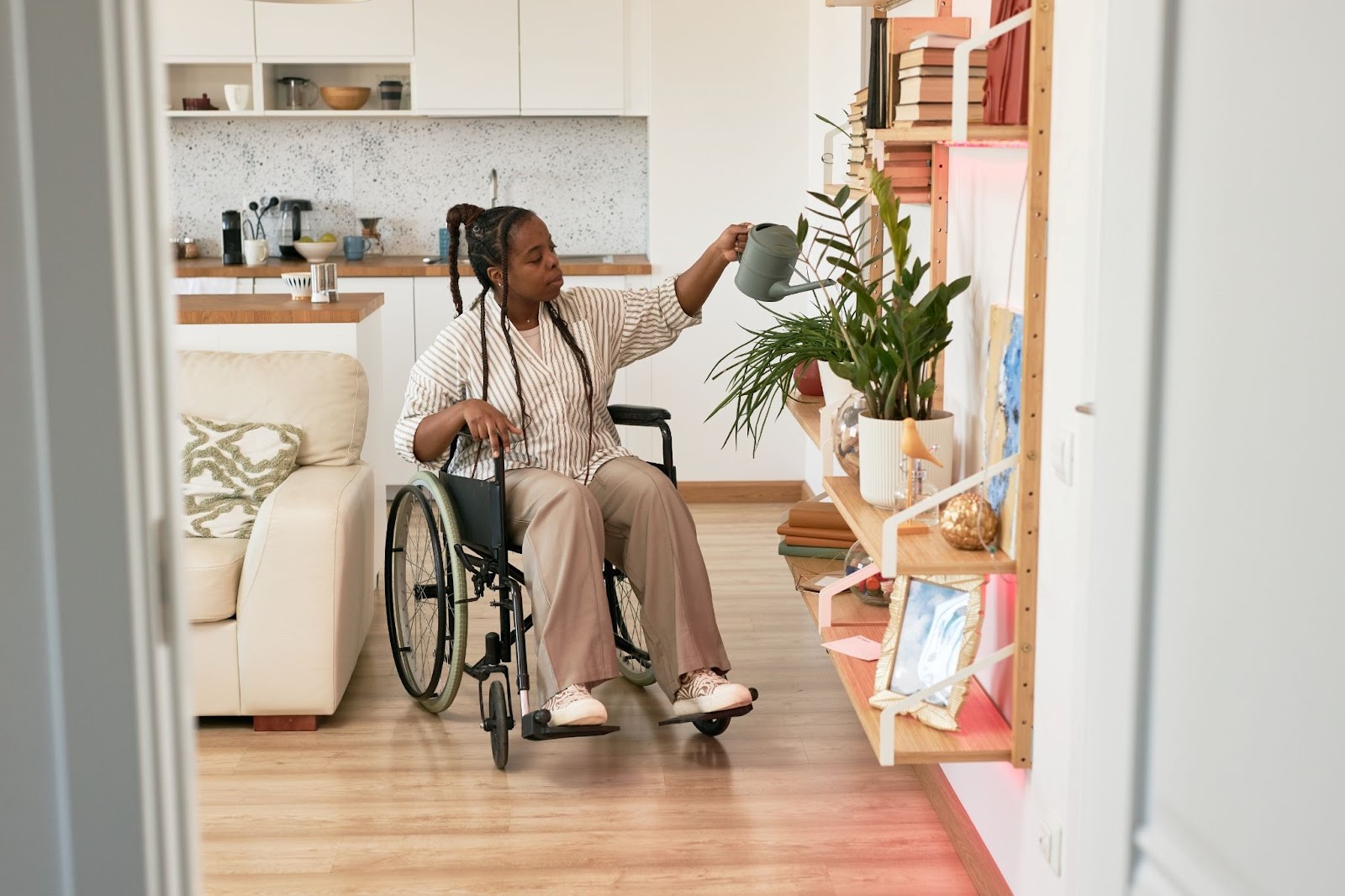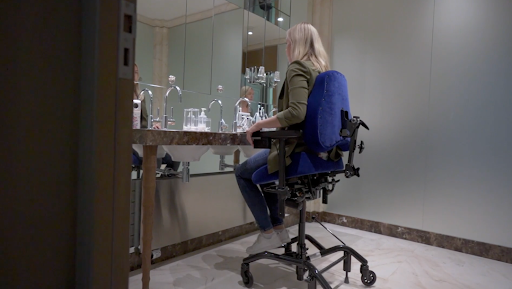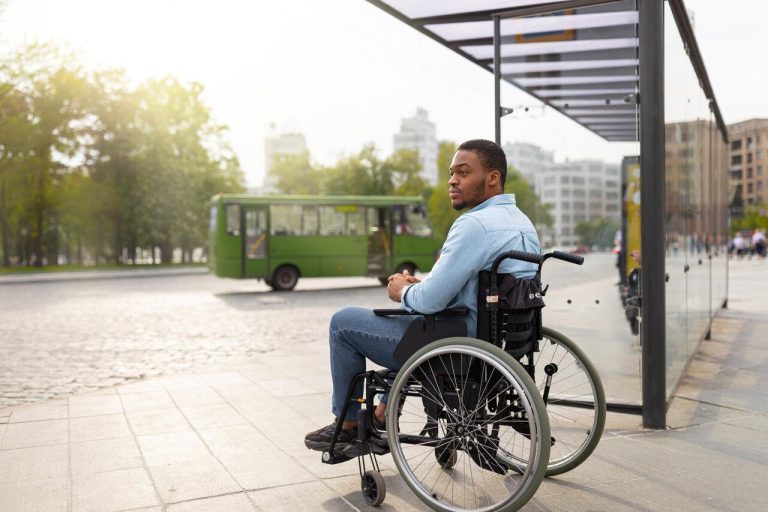Independent Living and Assisted Living are two of the most popular senior living options, however, they serve different lifestyles and care needs. While both offer vibrant communities and appealing amenities, the level of daily support, personal care, and medical assistance can vary significantly.
In this guide, we explain the key differences between these two types of communities, covering everything from daily routines and social activities to dining, transportation services, and monthly costs. Whether you’re seeking an active, maintenance-free lifestyle or require additional day-to-day support, this comparison will help you choose the option that best suits your needs or those of a loved one.
What Is Independent Living?
Independent living communities are designed specifically for active seniors who can manage daily responsibilities without assistance from caregivers. These vibrant communities are ideal for individuals seeking a maintenance-free lifestyle with access to daily activities and recreational opportunities.
Independent living is ideal for older adults who don’t require medical attention or personal care assistance but want the peace of mind that comes with living in a senior living community designed with their needs in mind.
Pros and Cons
Pros
- Freedom from daily chores through maintenance-free living
- A wide range of activities and community engagement programs
- Safe, worry-free environments with convenient access to transportation services and nutritious dining options.
- Encouragement of active lifestyles in beautiful living spaces supported by friendly staff
Cons
- Does not include personal care or medical services for those needing daily care or intensive hands-on care
- For some, leaving a long-time home and adapting to new responsibilities or routines can be emotionally challenging
- Not ideal for seniors who need skilled nursing, hands-on assistance with daily activities, or specialized memory care.
Discover Adaptive Seating Solutions Designed with Seniors in Mind
What Is Assisted Living?
Assisted living is a senior housing option tailored for individuals who need help with daily living activities (ADLs) like bathing, dressing, or medication management, but do not require the intensive hands-on care provided in skilled nursing facilities. This type of community strikes a delicate balance between preserving independence and providing supportive care.
Assisted living residences are ideal for seniors who value independence but need 24/7 support. They’re especially accessible for those relying on Social Security, pension income, or long-term care insurance to help cover living expenses.
Pros and Cons
Pros
- Ongoing access to medical staff and care teams, tailored to the resident’s needed level of care
- Offers both emergency medical support and the flexibility for care to evolve as needs change
- Enriching social opportunities, community engagement, and activities for residents enhance quality of life
Cons
- Residents often have reduced privacy compared to those in Independent Living communities
- Higher monthly costs and added care services can be challenging for seniors with limited or fixed incomes
- Not suitable for those requiring skilled nursing care or advanced memory care units
Independence at Home | Can Clinical Chairs Be Used for Home Care?
Independent Living and Assisted Living: Comparison of Services, Care, and Costs
| Feature | Independent Living | Assisted Living |
| Level of Care | Minimal to no personal care; best for seniors managing daily responsibilities independently | Assistance with daily living activities (ADLs) like bathing, dressing, and medication |
| Living Arrangements | Apartment-style communities, private residences, or cottages | Individual units or rooms within assisted living residences |
| Services Offered | Housekeeping services, transportation services, dining options, and community activities | All of the above plus help with ADLs, 24-hour emergency services, and personalized care plans |
| Social Activities | Robust schedule including fitness classes, recreational opportunities, and happy hours | Similar offerings, often with more structure to accommodate the residents’ health conditions |
| Medical Support | Limited or none; residents typically manage their own medications | Access to medical staff, nursing assistants, and emergency call buttons |
| Cost | Lower base rates, usually not covered by long-term care insurance | Higher monthly cost; may be partially covered by personal funds, pension income, or long-term care insurance |
How to Choose the Right Senior Care Option
Assessing Individual Needs
Choosing between Independent Living and Assisted Living begins with a thoughtful care assessment. Consider the following:
- Health status: Are there chronic health conditions, physical ailments, or signs of cognitive decline?
- ADL help: Do you have the ability to manage personal hygiene and daily tasks independently?
- Social life preferences: Do you seek community activities, holiday celebrations, or a quieter environment?
- Budget and funding options: Consider Independent living costs, potential for life settlements, mortgage funds, or financial aid programs.
- Medical care: Need for specialized care or access to medical equipment?
When Independent Living Makes Sense
Independent living is ideal for active seniors who value privacy but appreciate the convenience of services like meal preparation, housekeeping, and access to a lively community with outdoor spaces and a wide range of amenities.
It’s also appealing for those who:
- Want access to exercise classes, balanced meals, and social opportunities without needing around-the-clock care
- Prefer accessible homes with flexible floor plans
- Seek a community with a high resident ratio that values autonomy
Independent living is especially attractive to seniors with a steady income, such as from a pension or Social Security, who want to enjoy a low-maintenance, resort-style lifestyle. With minimal responsibilities and access to amenities like dining services, housekeeping, and recreational activities, it offers a perfect blend of independence and convenience.
When Assisted Living Is a Better Fit
Assisted living is a better fit for seniors who need help with daily tasks such as bathing, dressing, meal preparation, or medication management. These communities provide professional support from trained caregivers, enhanced safety features, and a structured environment that promotes both comfort and well-being.
This setting is ideal for:
- Seniors with ongoing medical conditions that require regular monitoring
- Individuals who need support with personal care, meals, and housekeeping
- Residents with memory challenges who may eventually transition to memory care as part of a long-term care plan
While assisted living typically involves higher monthly costs, it offers the benefit of comprehensive, around-the-clock care, providing peace of mind for both residents and their families.
EMP Living: Enhancing Quality of Life in Senior Living Communities with Adaptive Seating Solutions
In senior communities, comfort and accessibility aren’t just preferences, they’re essential to maintaining independence, safety, and well-being. Whether in independent living apartments or assisted living facilities, seniors benefit from furniture that supports their changing needs without compromising on style or functionality.
EMP Living mobility chairs are purposefully crafted to meet these demands, providing a seamless blend of support, mobility, and elegance that enhances everyday life in any type of facility.
What is a Mobility Chair?
A mobility chair is a specially designed seat that helps individuals, especially seniors or those with physical disabilities, sit, stand, and move more easily and safely. It supports users with limited strength, balance, or mobility, and can include a variety of features depending on the type.
Key Features of a Mobility Chair
- Ergonomic support for posture and pressure relief
- Armrests and stable frames for safer transfers
- Anti-slip legs or locking wheels for security
- Adjustable height or reclining back for user comfort
- Durable, easy-to-clean materials
Discover the REAL Adult Mobility Chair
How Do Mobility Chairs Enhance Care for Seniors?
Ideal for Independent Living Residents
Seniors in independent living communities often seek maintenance-free living with an abundance of amenities that support their active lifestyles without sacrificing comfort. EMP Living chairs enhance this lifestyle by offering:
- Ergonomic design for daily comfort, supporting posture during community activities, dining, or social gatherings
- Lightweight, easy-to-move structures that help seniors maintain independence without needing assistance from caregivers
- Options with mobility features like swivel seats or adjustable heights, perfect for navigating daily tasks comfortably
Perfect for Assisted Living Residents
In assisted living communities, where residents often need help with daily activities or manage physical health challenges, EMP Living chairs deliver essential safety and comfort benefits:
- Sturdy frames and supportive armrests make transfers safer and easier, especially for residents receiving personal care or medical assistance
- Optional features like anti-slip feet, high backs, and pressure-relieving cushions provide added comfort and support for those with chronic conditions or limited mobility
- Durable, easy-to-clean materials help maintain hygiene standards and support efficient housekeeping, reducing health risks for vulnerable residents
EMP Living chairs are thoughtfully designed to meet the unique needs of assisted living environments, ensuring safety, comfort, and dignity for every resident.
Why EMP Living Chairs Matter in Senior Communities
EMP Living chairs play a vital role in enhancing daily life across all types of senior living environments:
- Support greater independence for seniors in independent living communities
- Provide enhanced safety and comfort in assisted living settings
- Improve quality of life while offering peace of mind to families and care teams
EMP Living goes beyond furniture, we create thoughtfully designed solutions that align with the continuum of care, complement existing amenities, and prioritize the comfort, dignity, and needs of every resident.
Find the Perfect Chair for Senior Comfort
Adaptive Seating Solutions for Enhanced Independence
At EMP Living, we design chairs that truly support the way seniors live, whether they’re in independent or assisted living settings. We believe comfort, safety, and mobility should never be compromised, so our chairs combine ergonomic design, durable support, and modern aesthetics to meet the real needs of older adults and their caregivers. From helping with daily tasks to enhancing quality of life, we offer seating solutions that bring dignity and peace of mind to every living space.




